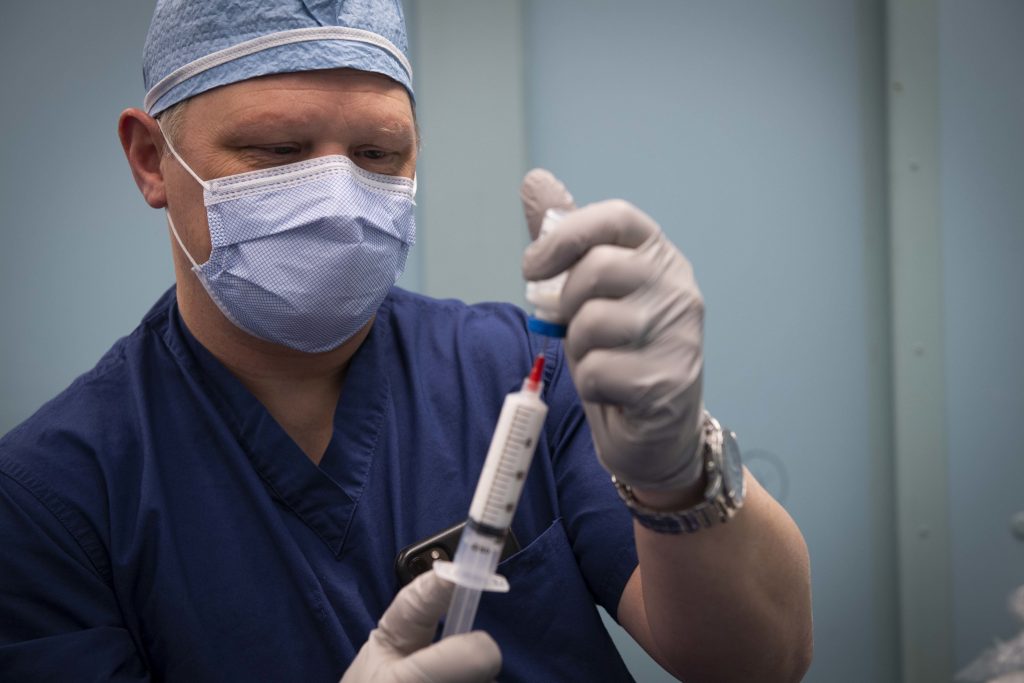Essential Supplies for Safe Practice During Ingrown Toenail Procedures

Ingrown toenails are a common condition that can cause significant pain, discomfort, and infection if not managed properly. Whether treating mild cases at home or performing clinical procedures, having the right supplies is critical to ensuring safe and effective care.
This article outlines the essential supplies needed for ingrown toenail procedures to promote hygiene, reduce complications, and improve patient outcomes.
Understanding Ingrown Toenail Procedures
An ingrown toenail occurs when the edge of the nail grows into the surrounding skin, causing irritation, swelling, and sometimes infection. Treatment ranges from conservative care, like soaking and trimming, to minor surgical procedures that remove part of the nail or nail bed.
Successful management requires not only proper technique but also the correct tools and materials to maintain a sterile environment and reduce the risk of infection.
Essential Supplies for Safe Ingrown Toenail Care
1. Personal Protective Equipment (PPE)
· Gloves:
Disposable, sterile gloves protect both the patient and practitioner from cross-contamination.
· Face Mask and Eye Protection:
Shields practitioners from splashes or aerosols generated during the procedure.
2. Sterile Instruments
· Nail Clippers or Nippers:
Designed for thick or curved nails to safely trim the affected nail edges.
· Nail Lifter or Elevator:
Used to gently separate the ingrown nail from the skin, facilitating trimming or partial removal.
· Scalpel or Nail Surgery Instruments:
For minor surgical removal of the nail portion or nail matrix in more severe cases.
· Tweezers:
Help remove small nail fragments.
3. Antiseptic and Cleaning Supplies
· Antiseptic Solution:
Such as chlorhexidine or povidone-iodine to disinfect the toe before, during, and after the procedure.
· Alcohol Swabs:
For additional disinfection of instruments or skin.
· Sterile Gauze Pads:
To clean wounds and absorb any blood or discharge.
4. Aesthetic Supplies
· Local Aesthetic:
Typically, lidocaine, used to numb the area for pain-free treatment.
· Syringes and Needles:
Appropriate sizes for aesthetic administration.
· Sharps Disposal Container:
For the safe disposal of used needles and blades.
5. Dressing Materials
· Non-Adherent Dressings:
To cover the treated area without sticking to the wound.
· Adhesive Tape or Bandages:
To secure dressings in place and protect the site.
· Protective Toe Caps or Silicone Pads:
To cushion and protect the toe during healing.
Best Practices for Using Supplies Safely
1. Maintain Aseptic Technique:
Always sterilize instruments and disinfect the treatment area to prevent infections.
2. Wear Appropriate PPE:
Protect yourself and the patient throughout the procedure.
3. Dispose of Sharps Properly:
Use designated containers for needles and blades to avoid injury and contamination.
4. Use Sterile Supplies:
Whenever possible, use single-use sterile instruments and materials to minimize infection risk.
5. Provide Patient Education:
Inform the patient about aftercare, signs of infection, and when to seek further medical attention.
Conclusion
Safe and successful ingrown toenail treatment depends heavily on having the essential supplies ready and using them correctly. From personal protective equipment to sterile instruments, anaesthetics, and dressings, each component plays a crucial role in delivering quality care while protecting both patient and practitioner.
Proper preparation, adherence to aseptic technique, and patient education are key to minimizing complications and ensuring optimal outcomes in ingrown toenail management.



